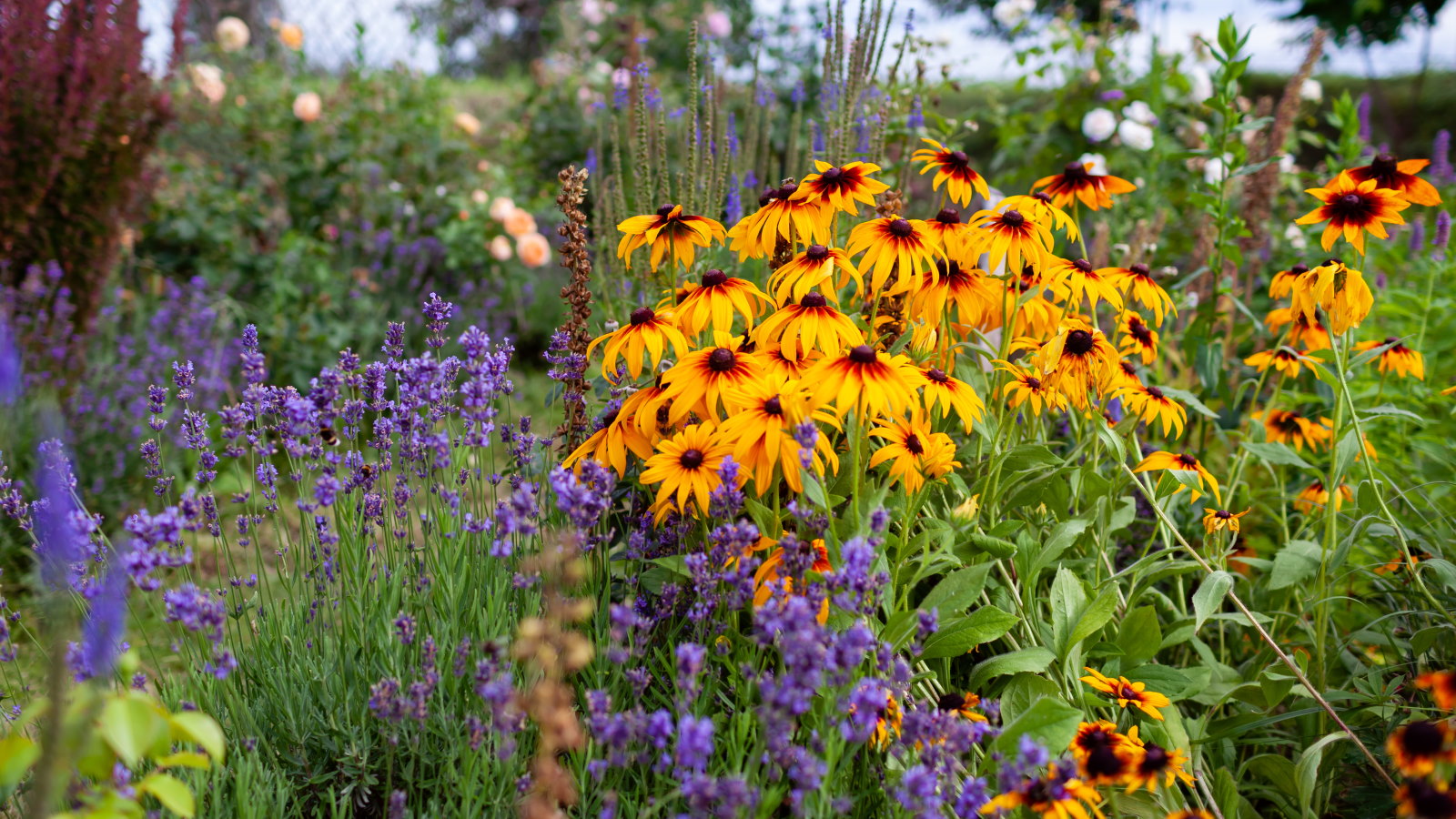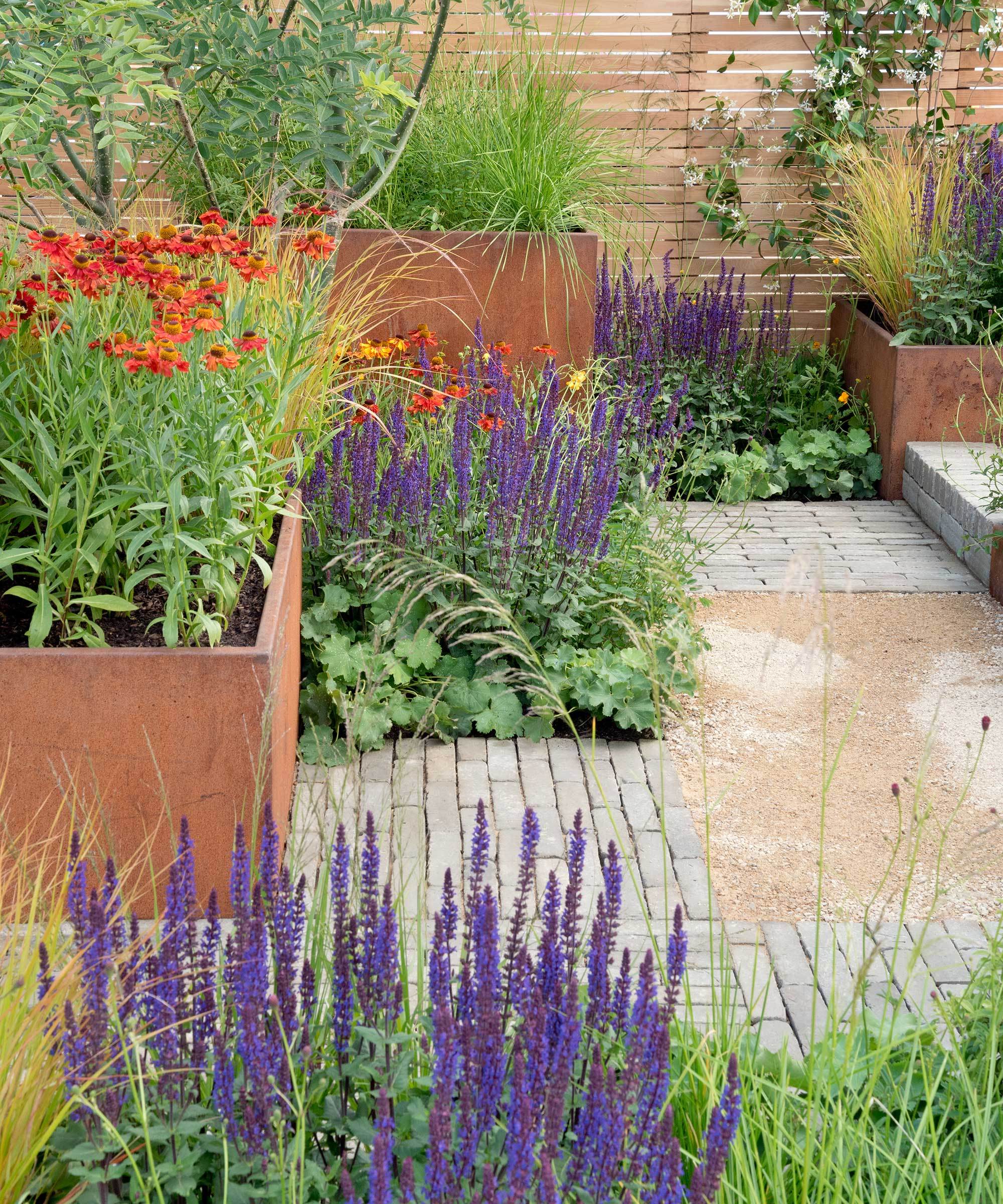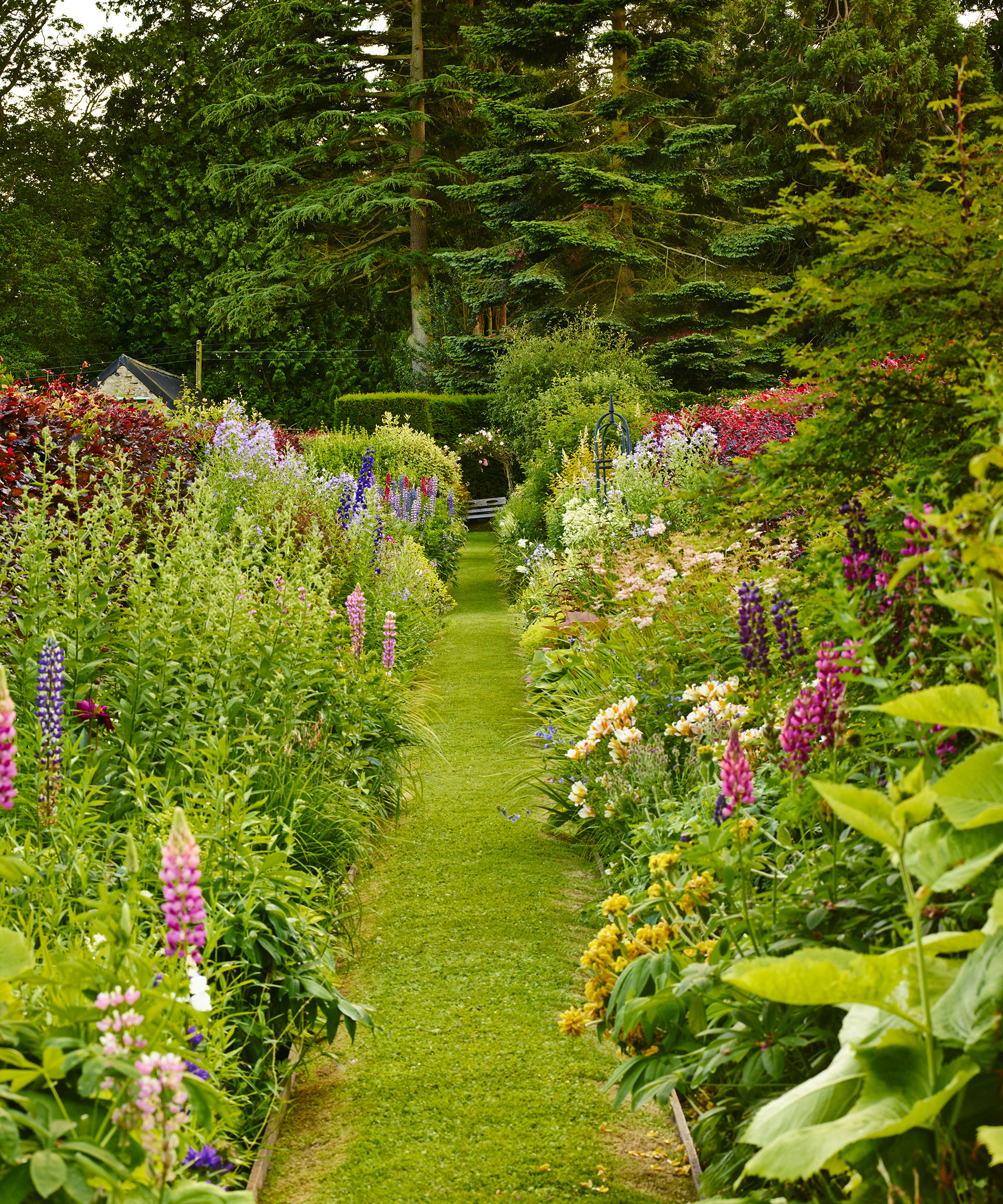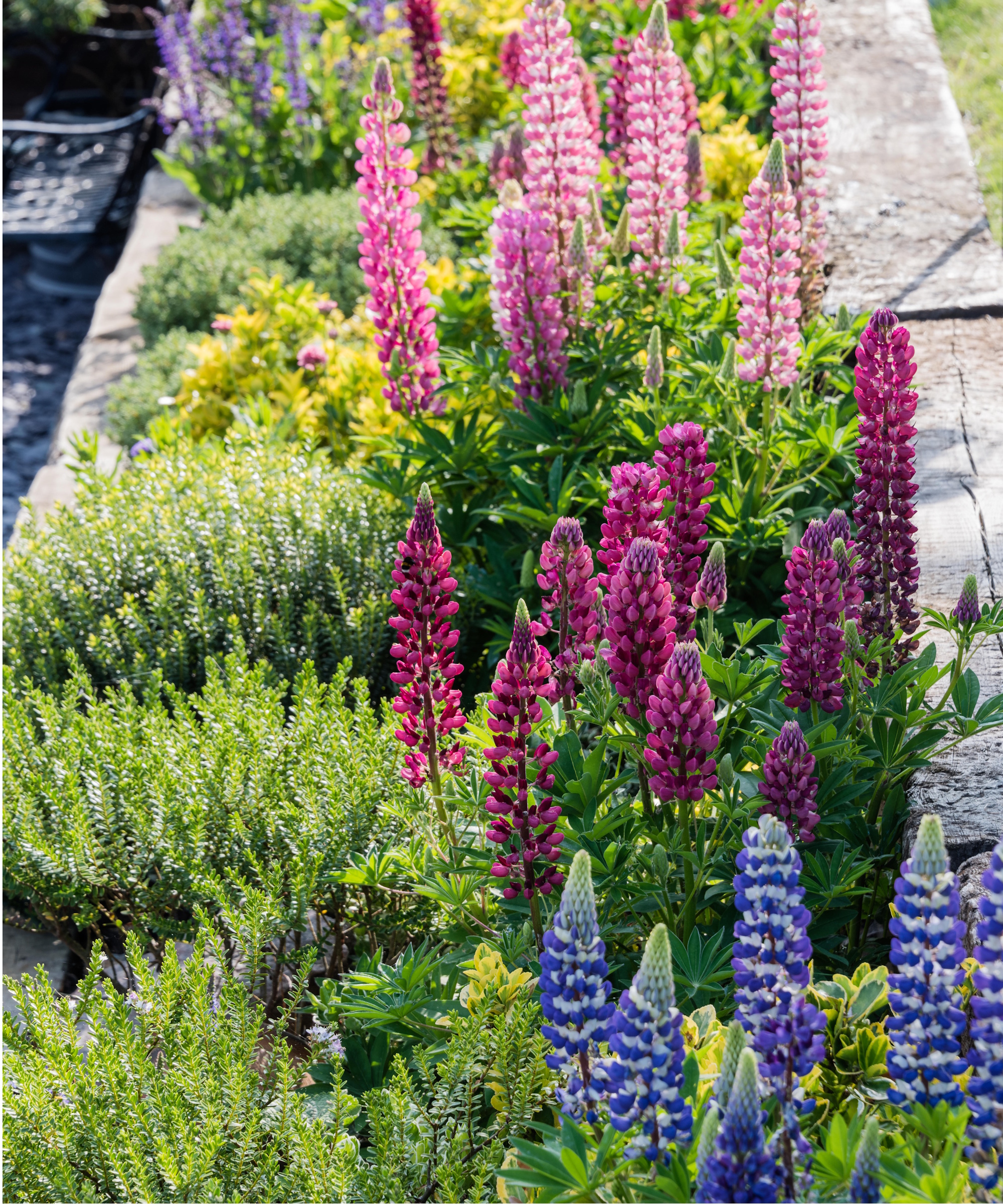
Garden trends are always changing, and that incudes the way we choose to plant our flower beds. In recent years wilder gardens have risen in popularity, but experts warn against overplanting flower beds to get this look.
Whether you're just starting to explore flower bed ideas, or you're familiar with the flower bed trends that come and go, it's important to keep in mind how your planting impacts the way your plants grow. Packing lots of plants close together will give you a natural, wild look, but it can also leave plants with a lack of room and limited access to nutrients.
To find out more about why you should avoid creating an overcrowded flower bed, I spoke to gardening experts. Here, they reveal why overplanting negatively impacts plants and what to do instead.
What is the overcrowded flower bed trend?

The popularity of overcrowded flower beds lies in the fact it creates a look of fullness. Not only this, but it allows you to pack all of your favorite plants together in a raised garden bed or border.
It's an easy way to achieve a naturalistic planting design, with lots of foliage and florals spilling out of beds. Often, it also involves using the best filler plants for sparse flower beds to fill any gaps.
While filling your beds with lots of plants will give you instant abundant planting, garden experts warn it can cause some problems for the growth of your plants.
Why you shouldn't overcrowd your flower beds

Overcrowding your flower beds should be avoided for a few reasons.
'You don’t want plants competing for resources or taking over other plants,' says Laura Janney, CEO of The Inspired Garden.
Soil health is fundamental for strong plant growth because it's a vital source of essential plant nutrients. By packing lots of plants together, they compete for these nutrients, making them less available per plant.
As a result, you could see your plants grow slowly and struggle to thrive. Likewise, as Laura notes, there are some spreading plants that can take over beds, resulting in less biodiversity. For this reason, there are certain plants to never grow in a raised bed.
Not only this, but with less room to grow, your garden bed plants will struggle to grow bigger. 'Plants need space to spread their roots. So, the plants may not thrive as much,' says Laura.
'Plus, overcrowding causes poor air circulation, making the plants more susceptible to fungus, mold, and disease,' she adds.
These issues mean that although you'll get an immediate impact from a full, overcrowded flower bed, it isn't a sustainable display to maintain - your plants will eventually start to look a little worse for wear.
How to avoid an overcrowded flower bed

When it comes to how to plant a flower bed, it's all about making careful choices in plants and giving those plants the space they need.
'I always read the seed packages to see the spacing of plants,' says gardening expert Anna Hackman of The Naked Botanical. 'If you are simply buying the plants, either the tag will tell you the spacing or simply look them up to see the spacing and height as well as if they need sun or shade,' she advises.
To avoid overcrowding later on, take into account the ultimate height and spread of the plants in your flower beds.
'When you plan your flower beds be mindful if you choose perennial flowering plants that they will get larger and will crowd out other plants,' Anna says.
With an understanding of how much room each of your plants need, you can simply use a tape measure (from Amazon) to space them correctly. This will result in barer beds to begin with, but allows for your plants to grow and fill out over time.
'I recommend planting annuals in between perennials,' Laura says. 'Annuals have shorter roots and when they die, they provide some extra space for perennials,' she explains.
'Also check if the plants are prolific self-seeders, even if they are annual plants,' Anna notes.
If you want to prevent flowers self-seeding and overcrowding as a result, don't forget to deadhead as blooms begin to fade - you can do this with these pruning shears from Amazon.
It's then a case of keeping on top of pruning to cut back plants as they grow unruly. When doing this, ensure to avoid pruning mistakes so you don't cause damage to your plants.
FAQs
What should I do to fix my overcrowded flower bed?
Overcrowded flower beds can impact the health of plants due to less space to grow and more competition over nutrients. If you have an overcrowded flower bed, you can thin it out:
'In spring or fall transplant any plant that is getting too large,' advises Laura Janney, CEO of The Inspired Garden.
You can lift plants using a garden trowel (from Amazon), for example, taking care not damage roots. Plant it up in a container or another spot in your yard.
'Then, find plants that are better suited to the space available in your flower beds,' says Laura.
'We tend to like instant gratification at the determent to the plants,' Anna Hackman says. 'When plants grow in, you will be glad you placed them according to their desired spacing,' she adds.
The same rules apply for planning a cut flower garden. Even if you choose annuals from the list of best cutting garden flowers, these plants will equally only perform best when given sufficient space to grow.







